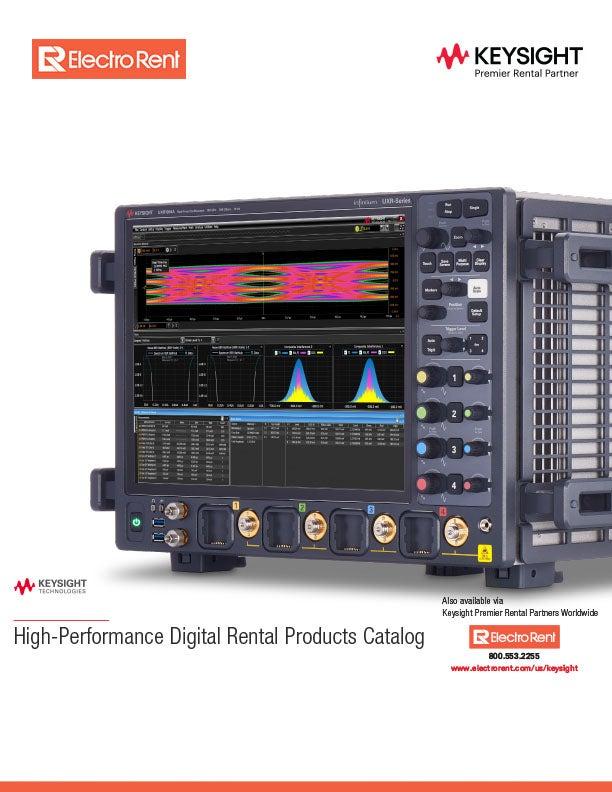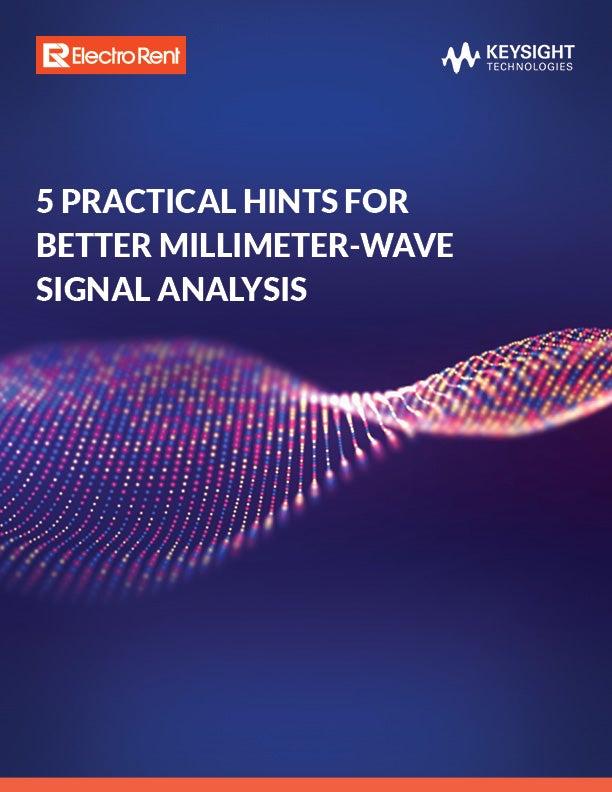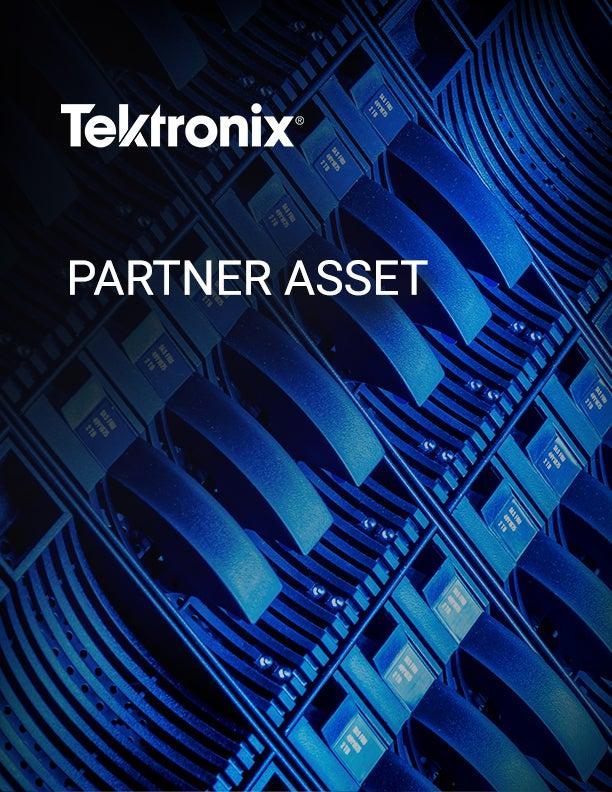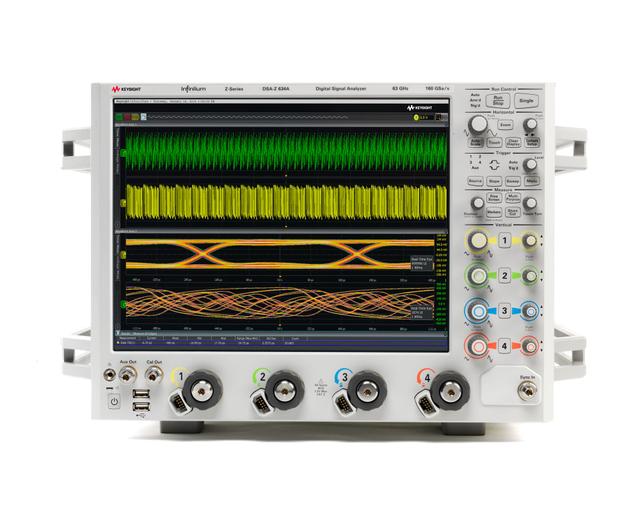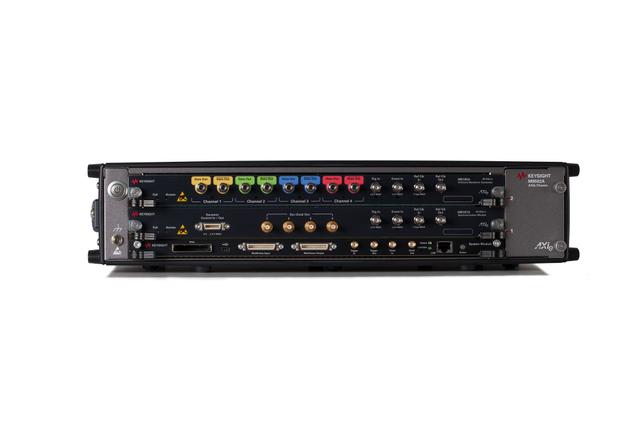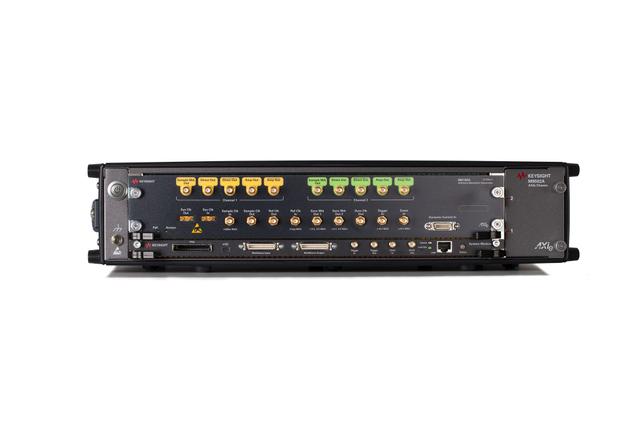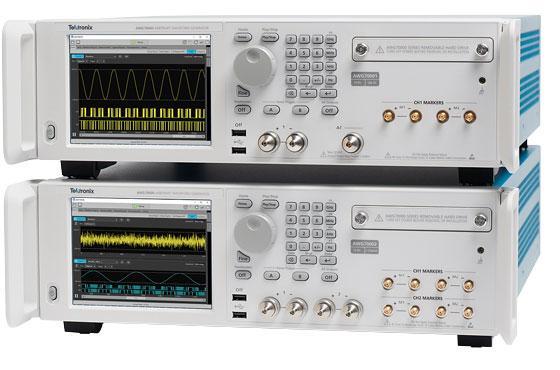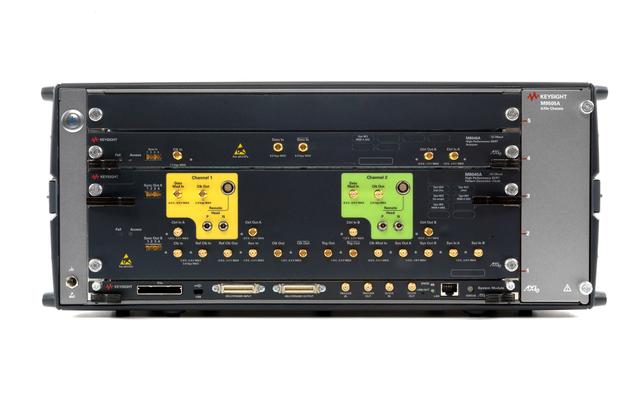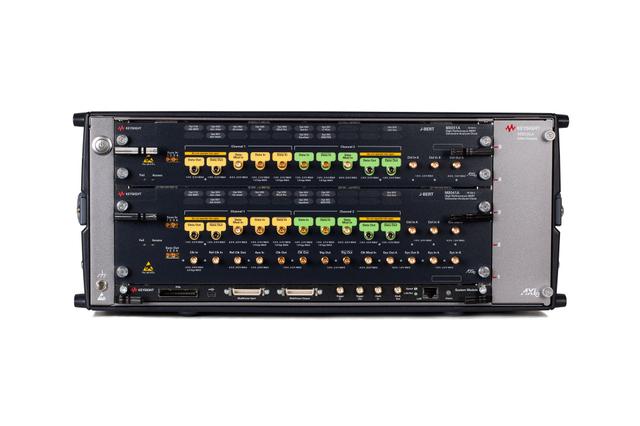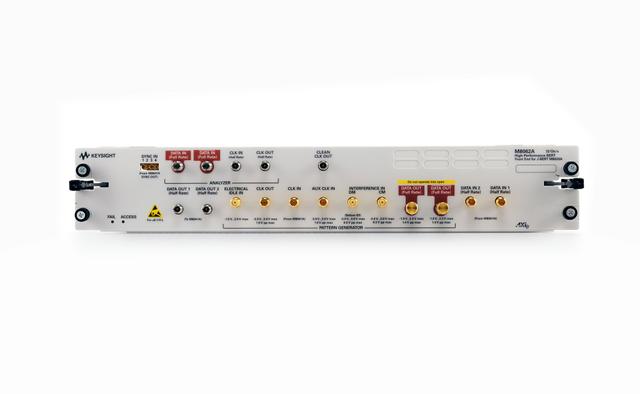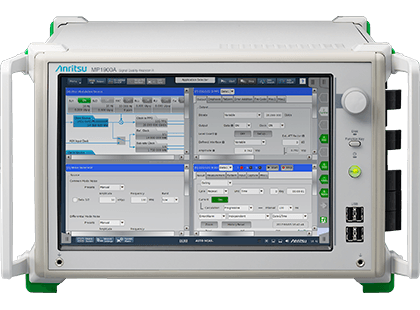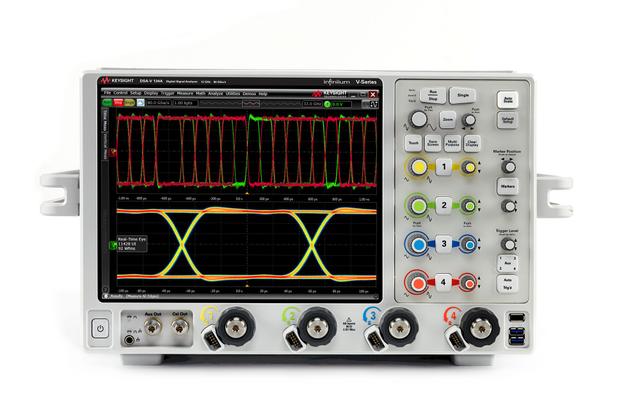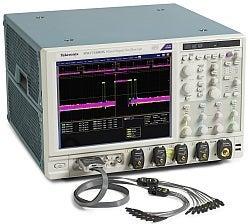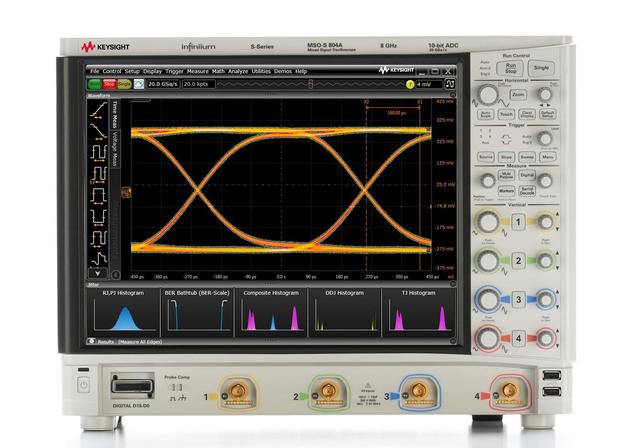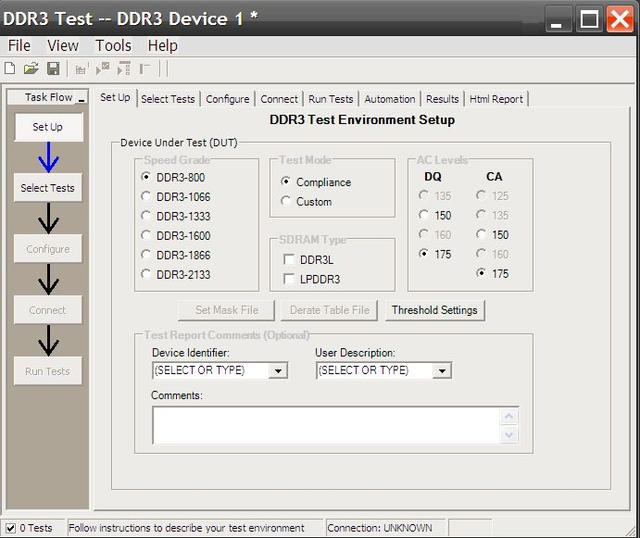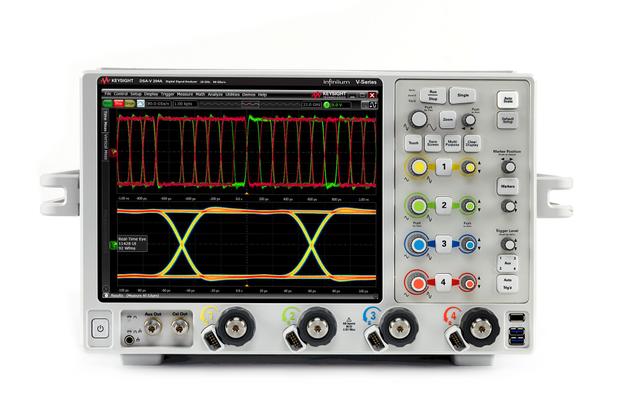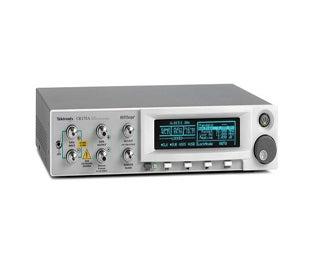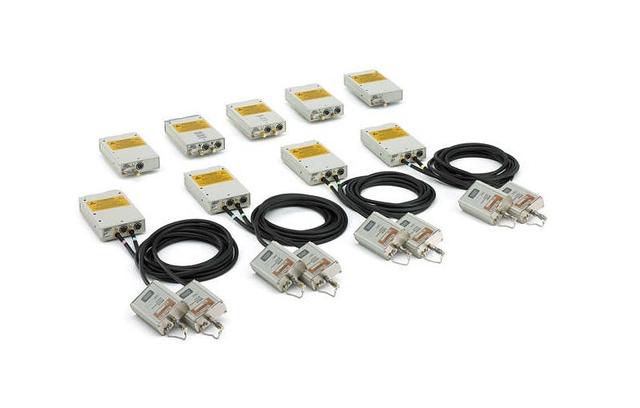INDUSTRY
Digital Computing
SCALABLE SOLUTIONS FOR COMPLEX COMPUTING CHALLENGES
The ever-increasing demands of big data show no sign of slowing. Across all industries there is a seemingly insatiable need for products that can store more information, extract more value from that information and access it more quickly. Digital and computing interfaces must handle larger and larger amounts of data, pushing the boundaries of the technology and inviting new approaches.
Innovation in the Industry
The key to success for companies is to create products that achieve peak performance, while maintaining cost and power efficiencies. Those that find flexible test solutions that scale to their needs have the chance to reduce time-to-market and get ahead of the competition.
Electro Rent is ready, offering the fastest ways to test some of the most complex digital computing technologies.
Product Recommendations
Showing 1 - 4 of 11 results
Showing 1 - 4 of 9 results
Showing 1 - 4 of 9 results
Showing 1 - 4 of 8 results
Showing 1 - 4 of 8 results
Showing 1 - 4 of 7 results
Showing 1 - 4 of 4 results
Showing 1 - 4 of 9 results
Showing 1 - 4 of 9 results
Showing 1 - 4 of 7 results
Showing 1 - 4 of 11 results
Power Demands Push USB Design Forward
We all have more electronic devices than ever and want them to charge more quickly. The latest USB Power Delivery specification, USB PD3.0, will address this need with a boost in power delivery and a host of other features. It also allows power to flow both ways, negotiating between devices connected to the same power source to determine how much power is delivered to each. This all puts additional demands on USB testing regimens and makes test equipment choice more critical than ever.
Hot Data Demands Cool Solutions
In the Internet of Things era, more data than ever is being generated by systems and sensors. Applications such as flying an airplane or operating an autonomous vehicle generate huge amounts of hot data—data that is mission critical. Engineers are challenged to design fast network products that can store large amounts of data while providing real-time access to that data. Testing is essential to achieve this. Those who find fast, flexible access to the right test equipment will win the race.
The Insatiable Appetite for Bandwidth
Demand is growing for network connection speeds of 100G, 200G, 400G and beyond. This can be achieved using more wires or fibres, but another option is squeezing more data though each line. PAM-4 achieves this using four voltage levels rather than the two used for used for NRZ. This increases bandwidth but is more susceptible to errors, so thorough testing is essential. Organizations working with this technology must have flexible access to the right testing technology to succeed.
Power Demands Push USB Design Forward
We all have more electronic devices than ever and want them to charge more quickly. The latest USB Power Delivery specification, USB PD3.0, will address this need with a boost in power delivery and a host of other features. It also allows power to flow both ways, negotiating between devices connected to the same power source to determine how much power is delivered to each. This all puts additional demands on USB testing regimens and makes test equipment choice more critical than ever.
Hot Data Demands Cool Solutions
In the Internet of Things era, more data than ever is being generated by systems and sensors. Applications such as flying an airplane or operating an autonomous vehicle generate huge amounts of hot data—data that is mission critical. Engineers are challenged to design fast network products that can store large amounts of data while providing real-time access to that data. Testing is essential to achieve this. Those who find fast, flexible access to the right test equipment will win the race.
The Insatiable Appetite for Bandwidth
Demand is growing for network connection speeds of 100G, 200G, 400G and beyond. This can be achieved using more wires or fibres, but another option is squeezing more data though each line. PAM-4 achieves this using four voltage levels rather than the two used for used for NRZ. This increases bandwidth but is more susceptible to errors, so thorough testing is essential. Organizations working with this technology must have flexible access to the right testing technology to succeed.
Power Demands Push USB Design Forward
We all have more electronic devices than ever and want them to charge more quickly. The latest USB Power Delivery specification, USB PD3.0, will address this need with a boost in power delivery and a host of other features. It also allows power to flow both ways, negotiating between devices connected to the same power source to determine how much power is delivered to each. This all puts additional demands on USB testing regimens and makes test equipment choice more critical than ever.
Resources
